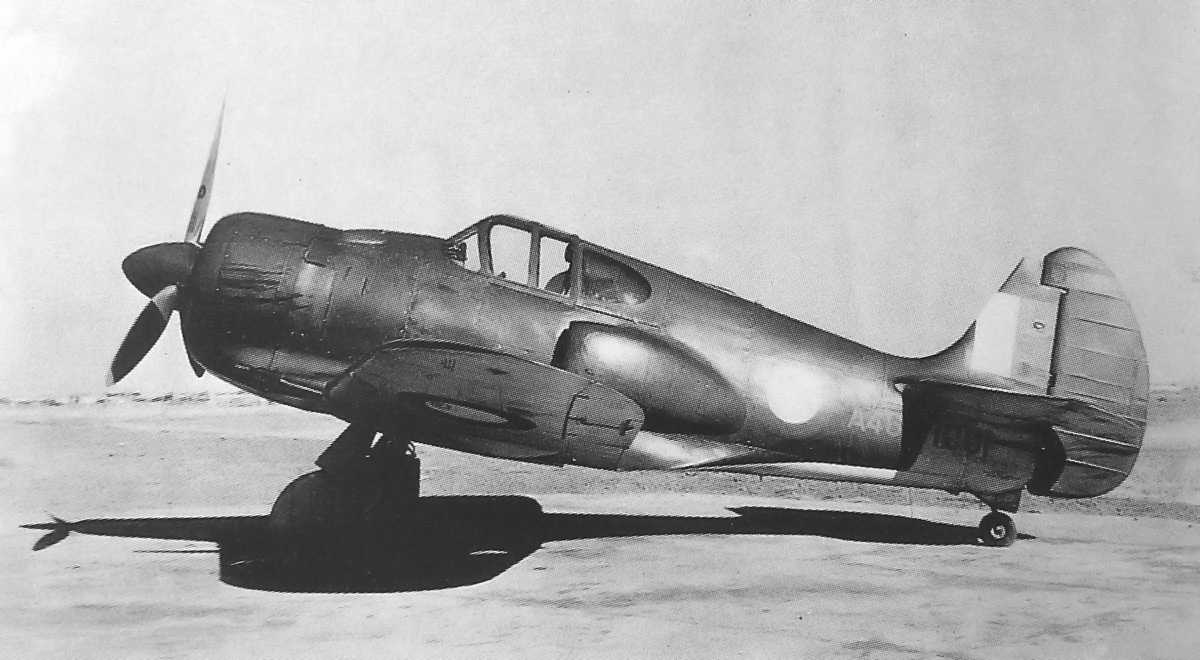CAC CA-14/A Boomerang
The Commonwealth Aircraft Corporation CAC CA-14 Boomerang was a development of the standard CA-13 Boomerang which attempted to improve the aircraft’s poor altitude performance.
Powered by a 1,200 hp (895 kW) Pratt & Whitney (P&W) R-1830 engine like all CA-13s, the CA-14 was heavily modified to incorporate a turbo supercharger. Air for the engine and the turbo supercharger’s intercooler was via a large intake added to the left side of the fuselage. Air exited the intercooler via an adjustable flap located on the right side of the upper fuselage, just behind the cockpit. The engine’s exhaust pipe was extended back along the right side of the fuselage to the turbo supercharger installed behind the cockpit.
Modifications to the airframe included a slightly larger vertical stabiliser and a new straight wng root leading edge.
Flight testing showed that as expected, performance was the same as a standard Boomerang below 10,000 feet, but superior at altitude. At 28,000 ft, the CA-14 had a top speed of 354 mp, while the standard Boomerang was 76 mph slower at 278 mph.
The large air scoop induced instability and the engine suffered from overheating. As a result, a redesign, designated the CAC CA-14A was made to rectify these issues. The air scoop was deleted, the tail enlarged and skinned with aluminium and the cowling was modified, incorporating a ten-bladed cooling fan. Testing of this aircraft produced a ceiling of 40,000 feet.
It was proposed to fit a 1,450 hp P&W R-2000 engine, which was estimated to produce a top speed of 460 mph. Based on this the Minister for Aircraft Production recommended that 120 R-2000-powered fighters be ordered. However, the Australian War Cabinet approved only 50 aircraft. These 50 aircraft were completed as CA-19 Boomerangs, which differed little from the CA-13s and CA-12s as the retooling for only 50 aircraft was not worthwhile.
Development switched to the CAC CA-15 insead.
CAC CA-14A Photographs
Note the squared tail of the CA-14A compared to the rounded one of the CA-14, along with the deletion of the port air intake and changes to the starboard exhaust.







